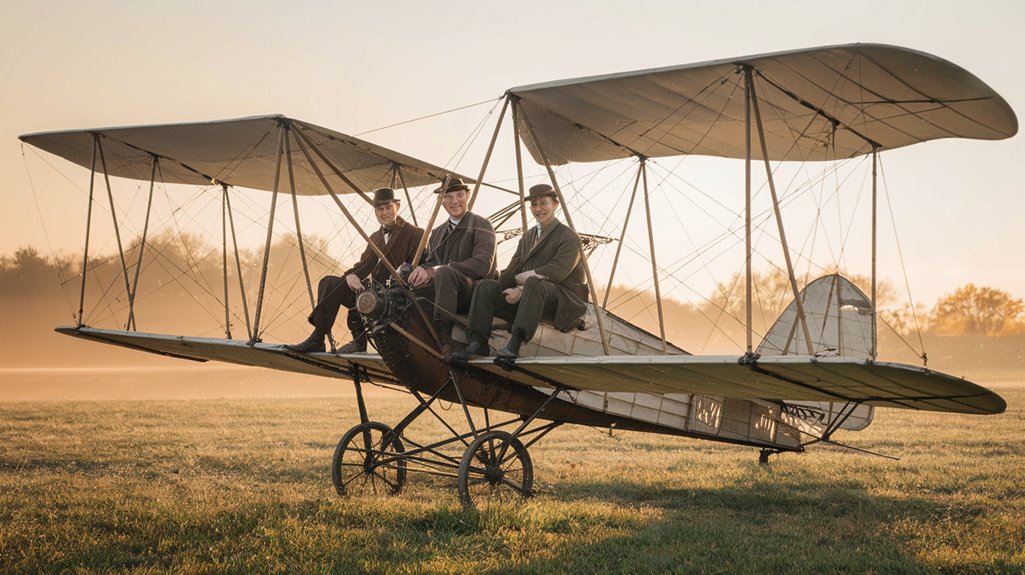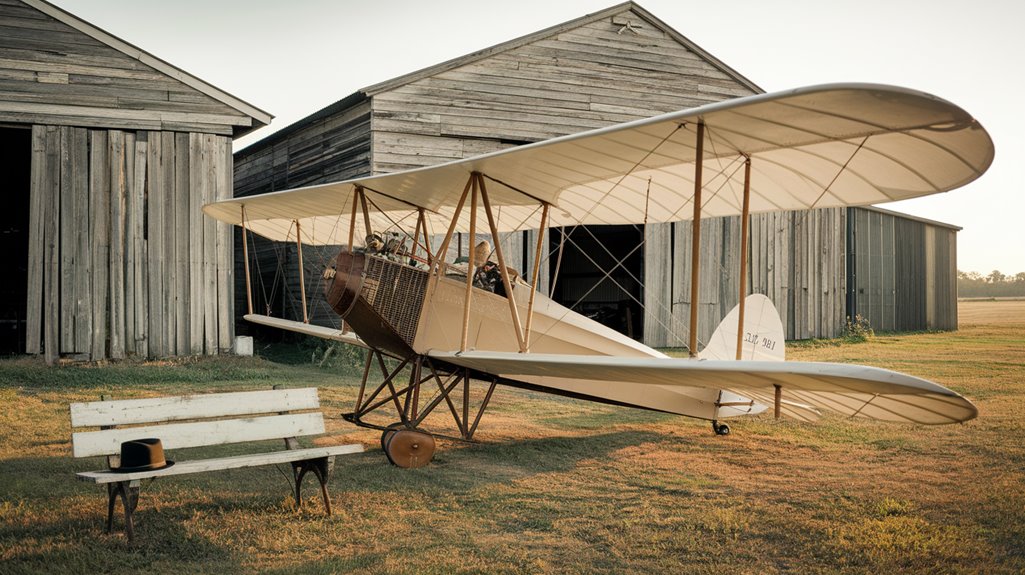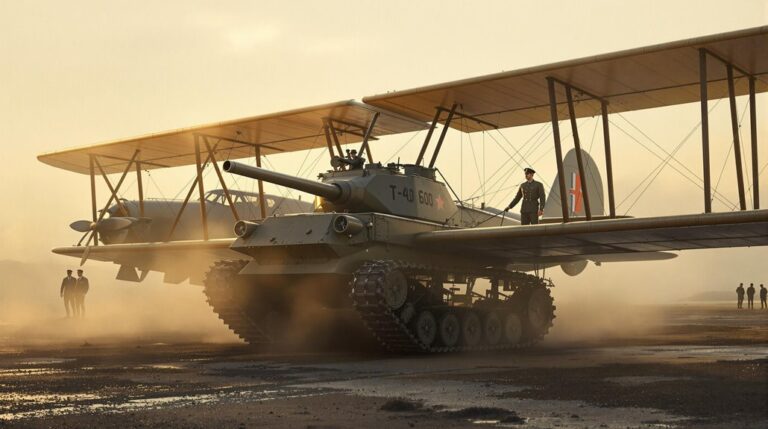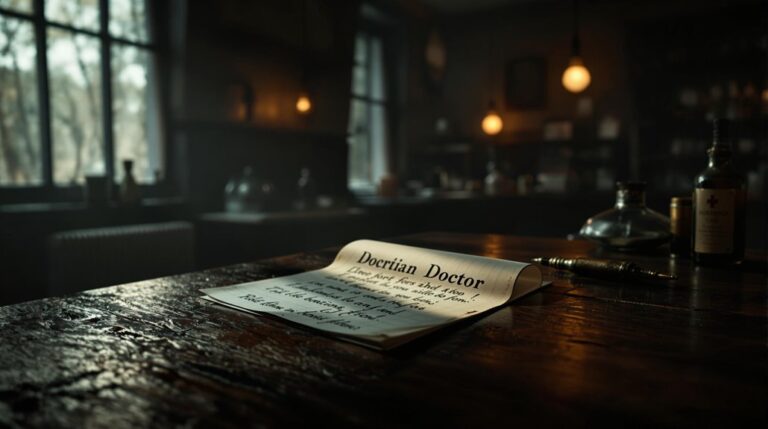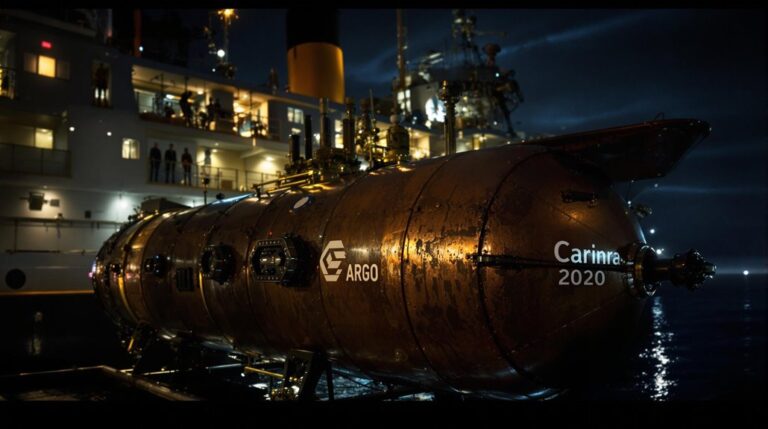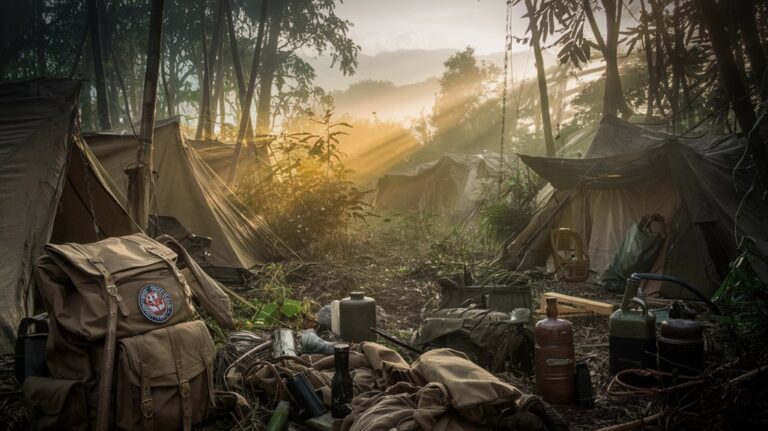Wilbur and Orville Wright Only Flew Together Once
You might assume the Wright brothers, who revolutionized aviation, shared countless flights together. Yet these pioneering siblings flew as pilot and passenger only once in their lives. Their dedication to safety led them to make a practical pact: they wouldn't risk flying together, ensuring their family wouldn't lose both sons in a potential accident. This single shared flight, witnessed by their proud father, holds a fascinating story that reveals much about their values and vision.
A Father's Promise: The Wright Brothers' Safety Pact
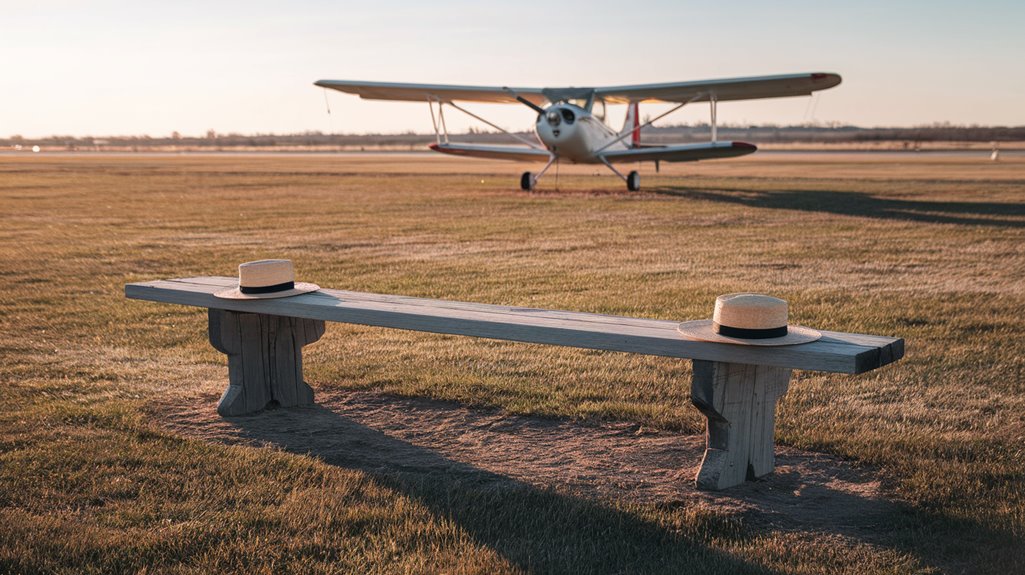
While pursuing their groundbreaking aviation experiments, Wilbur and Orville Wright made an essential promise to their father, Milton Wright.
You'll find that their commitment to never fly together was more than just a simple request – it was a calculated safety measure that showcased their dedication to risk assessment in early aviation.
As skilled bicycle mechanics, they applied their mechanical expertise to solve complex aviation problems before embarking on test flights.
The brothers understood that their pioneering work was too valuable to risk losing in a single accident. Their father's concern led them to implement this vital safety pact, ensuring that if tragedy struck, one brother would survive to continue their revolutionary research.
Throughout their experiments, they maintained this disciplined approach, conducting separate test flights and carefully documenting their findings. This strategy proved wise after Orville survived the first fatal crash in 1908, which claimed the life of Lieutenant Selfridge.
This strategic decision reflected their methodical nature and commitment to responsible innovation in the dangerous field of early flight.
The Historic May 25, 1910 Flight at Huffman Prairie
Despite their longstanding safety pact, the Wright brothers made one notable exception on May 25, 1910, at Huffman Prairie in Ohio. On this historic day, Orville piloted the aircraft while Wilbur joined him as a passenger for a remarkable six-minute flight. This would be the only time the pioneering siblings ever flew together.
The event was particularly special as they'd invited friends, neighbors, and family to witness their shared flight. Their father, Bishop Milton Wright, also experienced his first-ever flight that day at Huffman Prairie. The 85-year-old Bishop was heard exclaiming "Higher, Orville, higher!" during his flight.
The significance of this moment wasn't lost on those present, as photographer Preston Mayfield captured the historic occasion. Today, Huffman Prairie stands as a National Historic Landmark, commemorating not only this unique flight but also the Wright brothers' extensive testing and training activities from 1904 to 1916. Over a century later, vintage aircraft builder Mark Dusenberry would honor their legacy by flying a historically accurate replica at the same location.
Milton Wright's Role in His Sons' Aviation Journey
As Bishop Milton Wright returned home from his travels in 1878, he brought a small rubber band-powered helicopter that would spark his sons' lifelong passion for aviation.
When Wilbur and Orville began making their own copies of the toy, Milton's encouragement fueled their growing interest in flight.
Throughout their groundbreaking experiments, Milton remained a steadfast supporter, exchanging letters with his sons and sharing news of their progress with the press.
He witnessed their historic achievements, including their successful demonstrations in Europe and America.
His own aviation milestone came on May 25, 1910, when he took his first and only airplane flight with Orville at Huffman Prairie.
Milton's extensive church library resources proved invaluable during his sons' early research phase as they exhaustively studied aeronautics.
The brothers conducted numerous tests at Kill Devil Hills, where they achieved 700 to 1000 flights with their third glider design.
Milton stayed involved in his sons' lives until his death in 1917, sharing both their triumphs and hardships from their home at Hawthorn Hill.
Breaking the Pact: Why the Brothers Chose to Fly Together
Milton Wright's support extended beyond simple encouragement – it included respecting a solemn pact his sons made to never fly together.
Given the high aviation risks of early flight experiments, this promise aimed to guarantee one brother would survive if tragedy struck. The brothers typically alternated their solo flights, sharing insights and experiences while protecting their collective knowledge.
Their experience in manufacturing and selling their own bicycles helped fund their ambitious aviation experiments.
However, on May 25, 1910, near Dayton, Ohio, they decided to break this pact – but not without their father's blessing.
With years of successful flights behind them and growing brotherly trust in their aircraft's reliability, Orville piloted their only joint flight with Wilbur as his passenger.
Milton's subsequent request for his own flight demonstrated his complete faith in his sons' abilities and safety measures.
Legacy of the Wright Brothers' Single Joint Flight
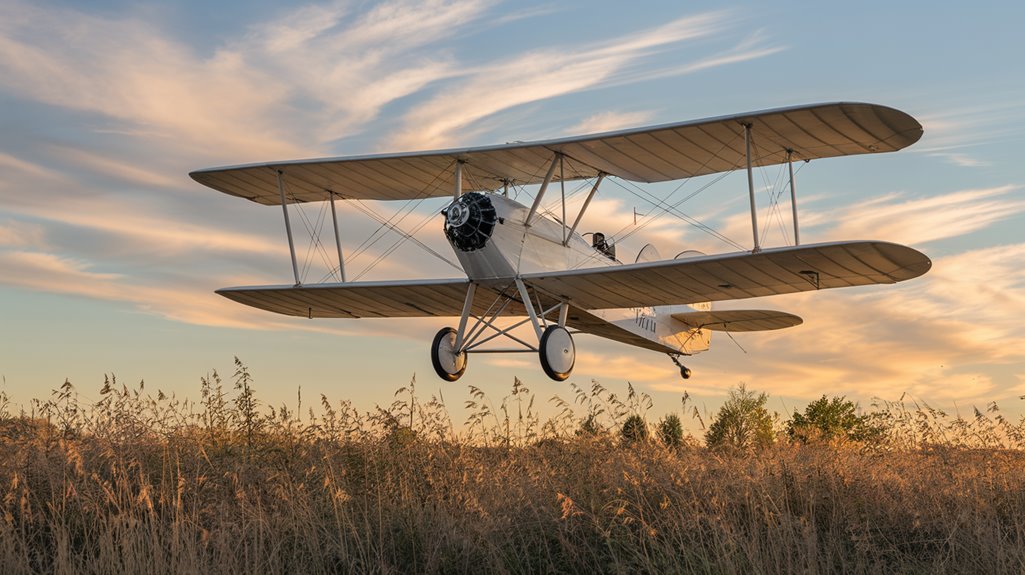
The historic six-minute flight that united Wilbur and Orville Wright on May 25, 1910, marked more than just a break from their safety pact – it symbolized the culmination of their shared dream.
The joint flight's significance resonates through aviation history, as it preceded another milestone when Orville took their 81-year-old father Milton on his first and only flight that same day.
Their remarkable journey began when they achieved the first powered flight on December 17, 1903, at Kitty Hawk, covering 120 feet in just 12 seconds.
You'll find their legacy preserved at landmarks like the Wright Brothers National Memorial and the Smithsonian's National Air and Space Museum.
The location's steady winds and soft sands made Kitty Hawk the perfect testing ground for their groundbreaking experiments.

